- Product
- Solution for
For Your Industry
- Plans & Pricing
- Company
- Resources
For Your Industry
In a world filled with competing options, businesses are constantly seeking ways to stand out and capture customer attention. Traditional pricing strategies often focus on production costs or competitor pricing, but this approach can leave businesses missing out on a key element: perceived value. This is where value based pricing comes in. It’s a customer-centric approach that sets prices based on the value your product or service delivers to the customer, rather than just its cost to produce.

Increased Customer Satisfaction: When you price based on perceived value, you’re ensuring your customers feel they’re getting a fair deal. This leads to higher customer satisfaction and loyalty, which can translate into repeat business and positive word-of-mouth marketing. Imagine a company selling a premium software that streamlines a customer’s workflow and saves them 10 hours a week. By using value-based pricing, they can charge a higher price because the perceived value (saved time and increased productivity) outweighs the cost. For example, a study by McKinsey & Company found that companies that shifted to value-based pricing saw a 10-30% increase in customer satisfaction.
Stronger Brand Perception: Value-based pricing allows you to communicate the true worth of your offering. By highlighting the benefits and solutions your product or service provides, you build a stronger brand perception and position yourself as a premium choice in the market. For example, a company selling organic, ethically sourced clothing can use value-based pricing to emphasize not just the quality of the garments, but also the social and environmental benefits customers are supporting with their purchase. Patagonia, a renowned outdoor apparel company, is a prime example. Their use of value-based pricing reflects their commitment to sustainability and fair labor practices, attracting customers who value those principles.
Improved Profitability: By focusing on value, you can command a higher price point for your offerings. This allows you to potentially increase your profit margins without sacrificing sales volume. Let’s say a company develops a revolutionary fitness tracker with unique features and personalized coaching that significantly improves results. Value-based pricing allows them to charge more than competitors because the perceived value for health-conscious consumers is demonstrably higher. Apple, for instance, leverages value-based pricing for its iPhones. While there are cheaper smartphones on the market, Apple positions its iPhones as premium devices offering a superior user experience, innovative features, and a strong brand image.
Strategic Differentiation: In a crowded marketplace, value-based pricing helps you differentiate yourself from competitors. By emphasizing the unique value proposition of your product or service, you can attract customers who are willing to pay a premium for the benefits you offer. Imagine a consultancy that offers highly specialized services and a proven track record of helping businesses achieve specific goals. Value-based pricing allows them to target customers who prioritize results over generic, low-cost options. A small marketing agency with deep industry knowledge and a history of delivering exceptional results for clients in a particular niche can leverage value-based pricing to compete with larger agencies offering more generic services.
Focus on Customer Needs: Value-based pricing encourages you to deeply understand your target audience and their needs. This customer focus can lead to better product development, marketing strategies, and overall customer experience. By understanding how much customers are willing to pay for specific benefits, businesses can refine their offerings to deliver exactly what their target market values. Understanding that customers are willing to pay more for convenience, for instance, might lead a grocery store to offer a premium service like same-day delivery for a higher fee.
By understanding how your product or service solves customer problems and improves their lives, you can effectively communicate that value and capture a larger share of the market.
Incorporating value-based pricing may require a shift in your pricing strategy, but the potential benefits for customer satisfaction, brand perception, and profitability make it a worthwhile investment for any business.
Challenges to Consider
While value-based pricing offers significant advantages, it’s not without its challenges. Here are a few things to keep in mind:
Accurately Measuring Value: Quantifying the perceived value of your offering can be difficult. Market research, customer surveys, and focus groups can be helpful tools to gauge customer perception. A company selling a new type of fertilizer can conduct surveys with farmers to understand how much they would be willing to pay for increased crop yields or reduced water usage.
Communicating Value Effectively: Simply having a valuable product or service isn’t enough. You need to clearly communicate the benefits and how they translate into value for the customer. Don’t just tell customers your product is high-quality; explain how that high quality translates into a longer lifespan, better performance,
In today’s competitive landscape, simply having a good product or service isn’t enough. Value-based pricing empowers you to transform your offering from a commodity into a solution that customers are willing to pay a premium for. By focusing on the value you deliver, you can build stronger customer relationships, elevate your brand perception, and unlock sustainable business growth. So, ditch the race to the bottom and embrace the power of value-based pricing. Your customers (and your bottom line) will thank you.
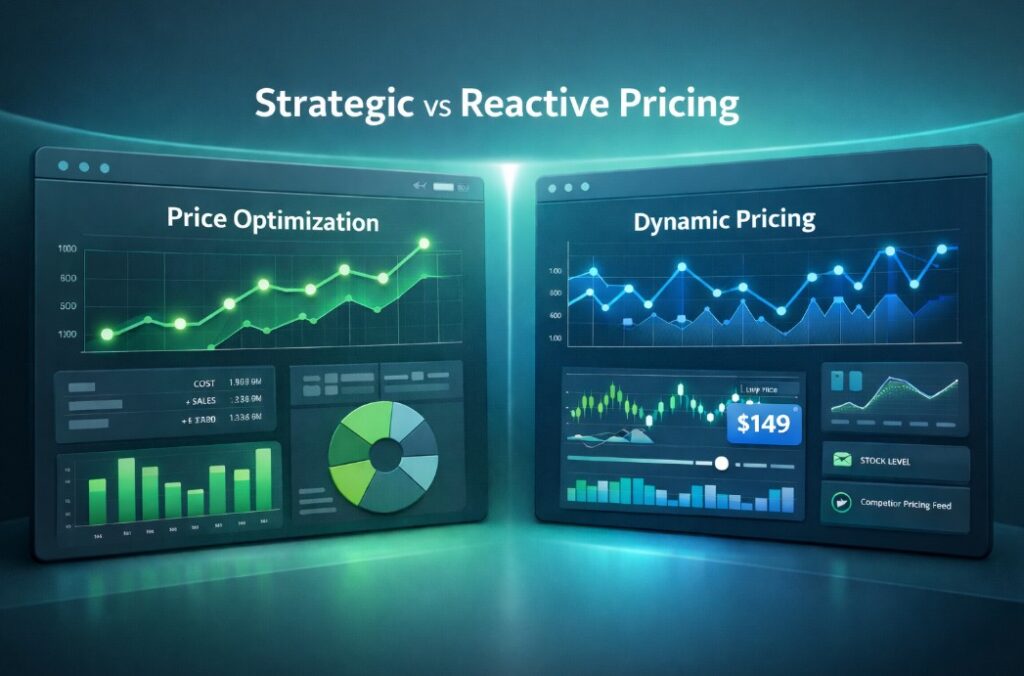
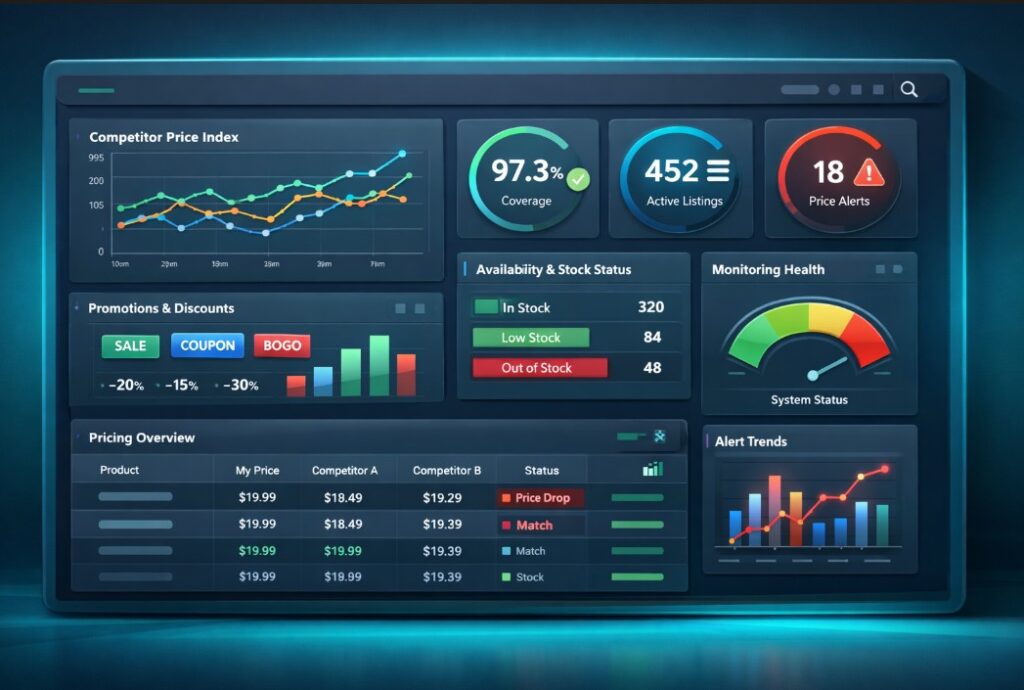
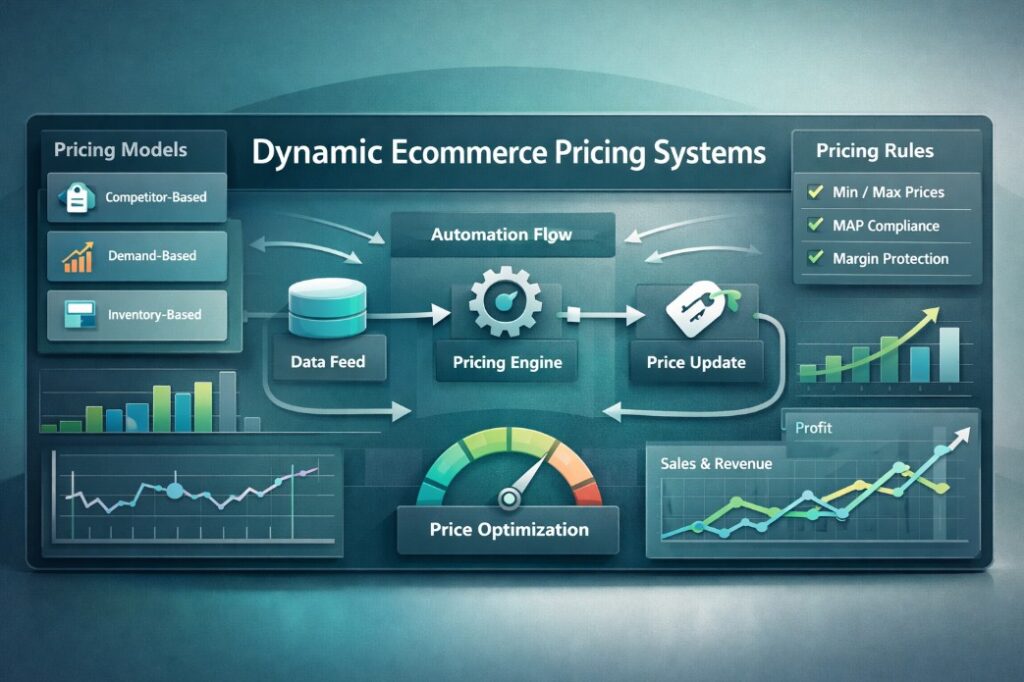
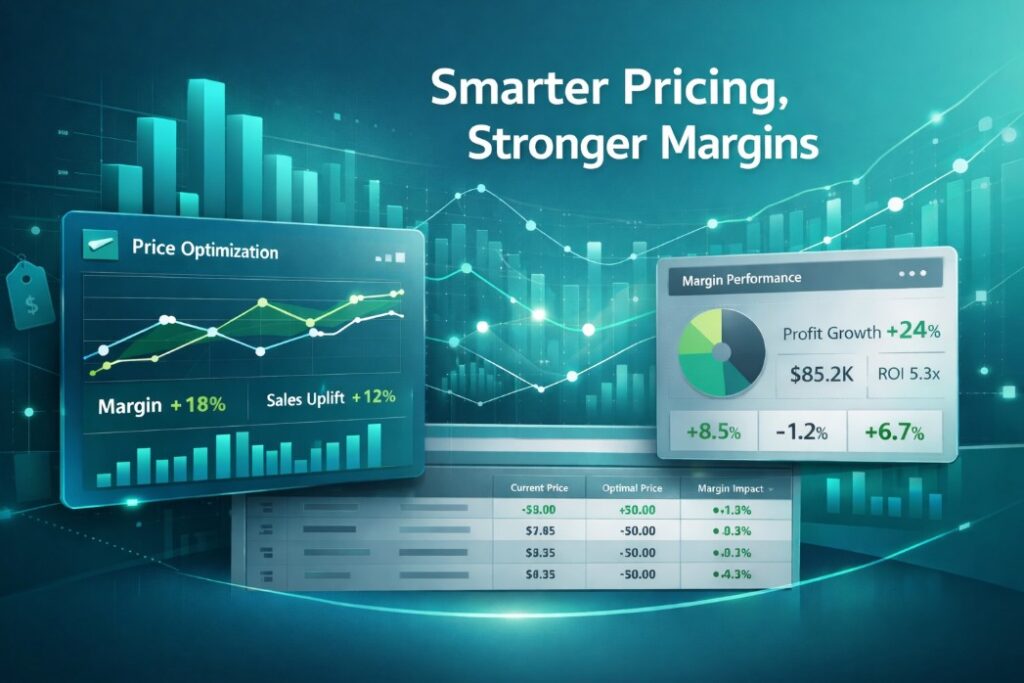
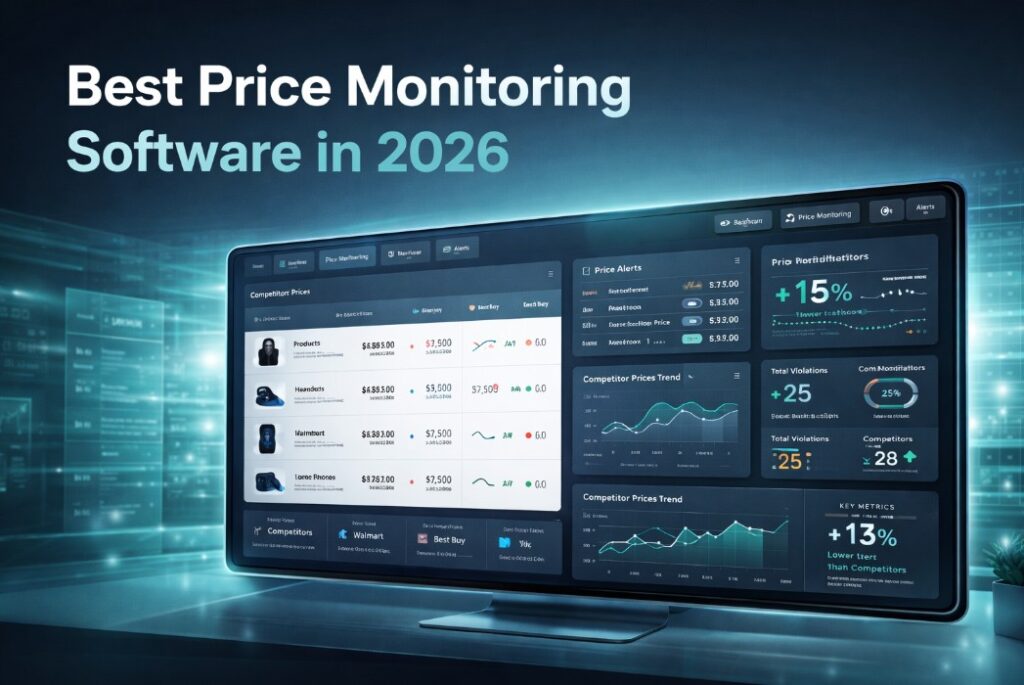
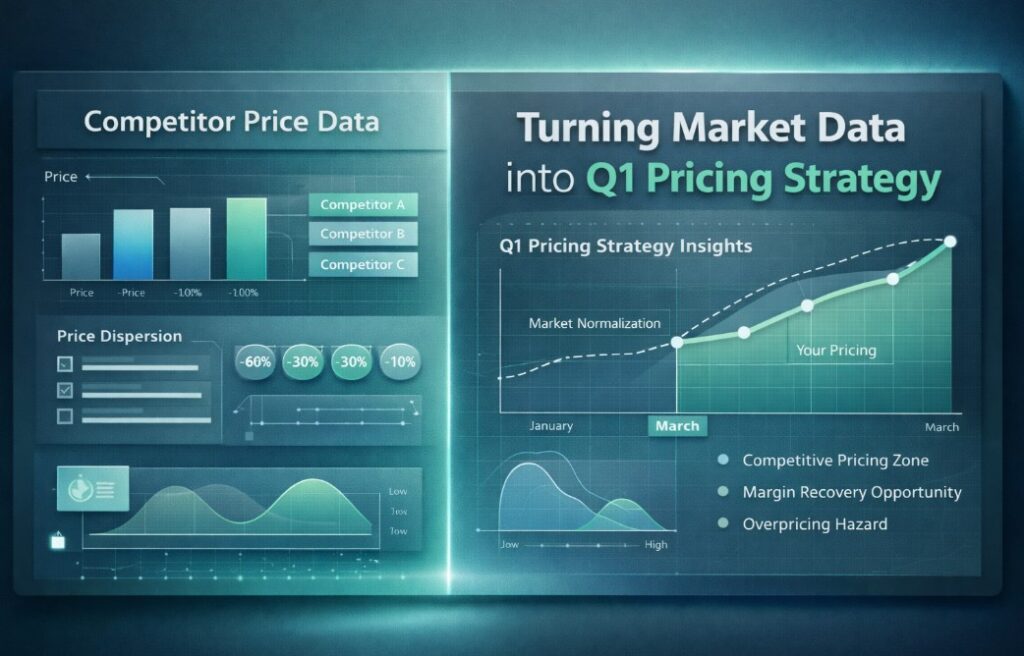
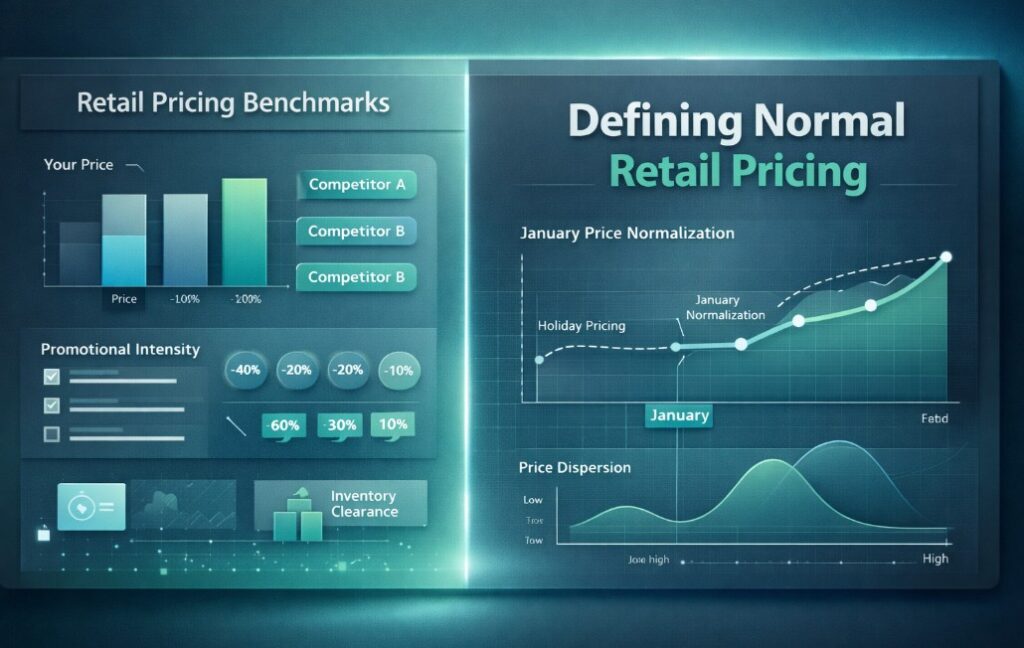






Missing an important marketplace?
Send us your request to add it!